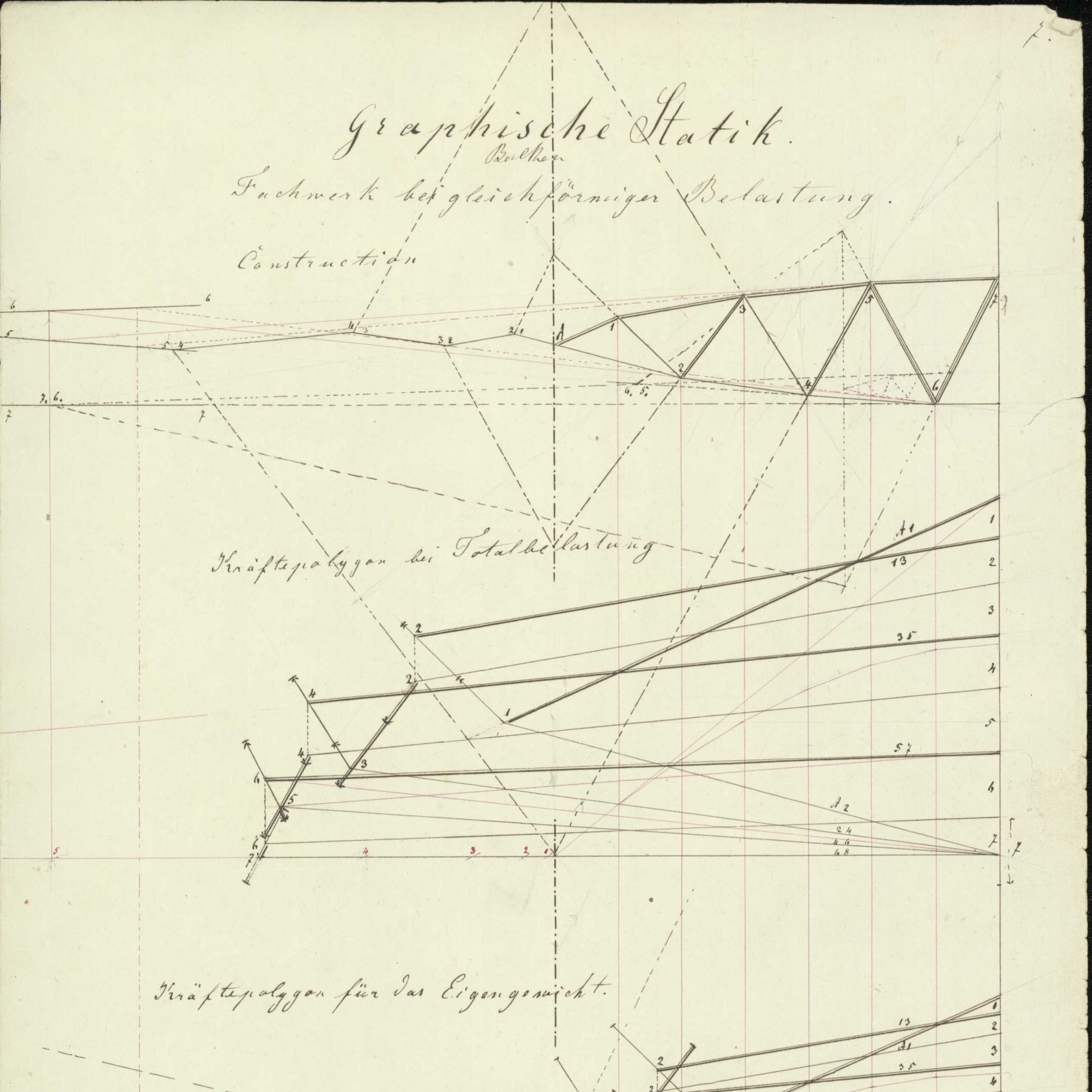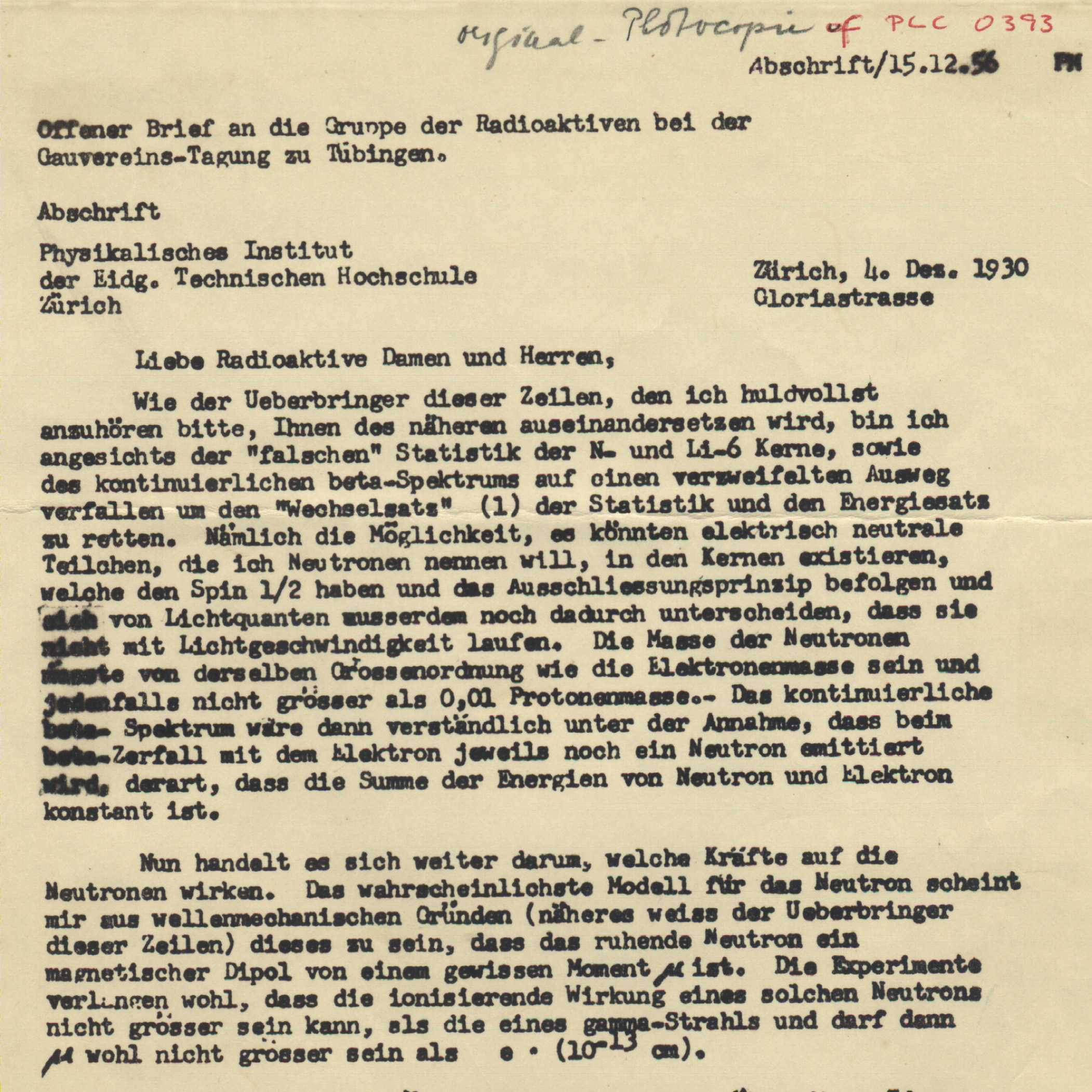Scientific milestones
ETH Zurich can look back on all kinds of scientific highlights in its more than 150-year history. The research at the university includes, among others, the following scientific milestones:
Graphic statics:
In 1866, Karl Culmann’s landmark work “Graphic Statics” was published. Whereas until then the graphic method had mainly been used for the visual explanation of static calculations, Culmann now concentrated on the graphical derivation of structural engineering. The method spared engineers the tedious calculation of different forces and made the process considerably faster.
Most up-to-date machine laboratory in Europe:
Between 1897 and 1900, the most modern machine laboratory in Europe was built at the Eidgenössisches Polytechnikum (Federal Polytechnic Institute). From the summer of 1900, having machines available in their original size meant that a new method of more realistic teaching could be introduced that combined theory with practice. It was also possible to carry out experiments on the machines in infinitely variable conditions for research purposes, which was not the case in private production facilities.
Scientific principles for steam and gas turbines:
In 1903, Aurel Stodola published for the first time his textbook on steam and gas turbines, in which he laid out the theoretical principles of thermal engines and their potential for technical development. In the subsequent five editions, he incorporated the latest theoretical and technical findings of the day. Translated into many different languages, the book became a standard work of reference for thermal turbine engineering.
Postulating the neutrino:
In 1930, in an open letter to the participants at a conference, the physicist Wolfgang Pauli presented his hypothesis that an electrically neutral particle must exist. This was the only way to reconcile his observation of the beta decay of electrons with the energy conservation theorem. The particle, called a neutrino, was only proven experimentally 26 years later.
More information: Virtual exhibition on “Wolfgang Pauli and modern physics”
Pascal programming language:
In 1972, Niklaus Wirth first introduced the programming language Pascal at ETH Zurich. Intended for the teaching of structured programming, it later became the primary language used in education and research on programming and system development as well as in professional application development. Niklaus Wirth won the Turing Award in 1984.
More information (available in German only): the anniversary website “ETHistory 1855-2005”
Structural analysis of proteins using NMR:
In the 1970s, Kurt Wüthrich extended the use of nuclear magnetic resonance spectroscopy (NMR) to proteins. This method of determining the structure of biological macromolecules such as proteins in solution was revolutionary because it allowed investigations to be carried out in a cell-like environment.





